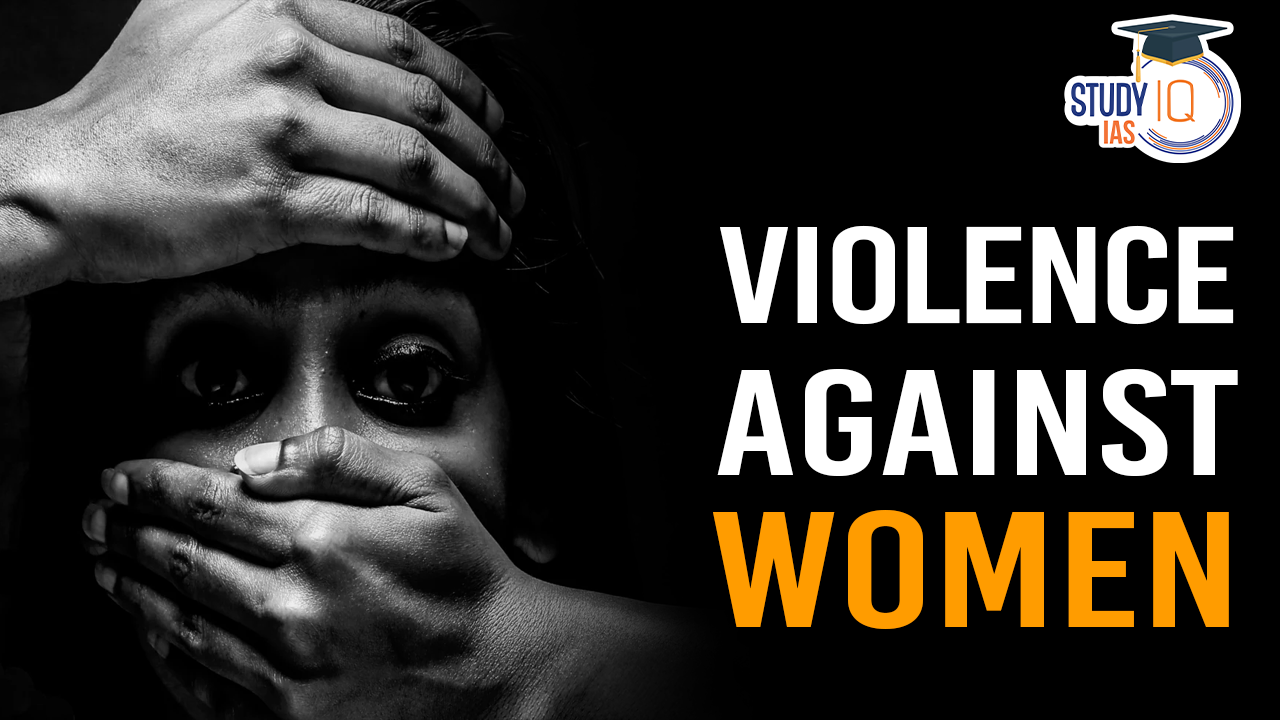Context: Following the tragic incident of December 2012, India has implemented substantial measures to enhance legal protections for women against heinous crimes.
Government Key Initiatives for Violence Against Women in India
- Criminal Law (Amendment) Act:
- 2013: This act introduced stricter penalties for sexual offenses, including the death penalty for the rape of a minor. It also expanded the definition of rape and introduced provisions for fast-track courts to expedite trials.
- 2018: Even more stringent penal provisions including death penalty for rape of a girl below the age of 12 years.
- Protection of Children from Sexual Offences (POCSO) Act, 2012: This act provides a legal framework to protect children from sexual abuse and exploitation, with stringent penalties for offenders.
- Sexual Harassment of Women at Workplace (Prevention, Prohibition and Redressal) Act, 2013: This act establishes a legal framework to prevent and address sexual harassment in workplaces, requiring employers to set up internal complaints committees.
- Nirbhaya Fund: The government established the Nirbhaya Fund to provide financial assistance for projects aimed at enhancing women’s safety and security.
- Fast-track courts: Special courts have been set up to expedite trials in cases of sexual assault and other heinous crimes against women.
- Women and Child Development Ministry: The government has strengthened the Women and Child Development Ministry to focus on issues related to women’s safety and security.
| Quote |
| “The day a woman can walk freely on the roads at night, that day we can say that India has achieved independence.” – Mahatma Gandhi |
What Is the Issue?
- Despite these efforts, the law has not acted as a sufficient deterrent.
- This is partly because rape laws alone cannot regulate men’s mentality or behavior in isolation.
- The broader issue lies in the laxity of laws (laws are not strictly enforced or are loosely interpreted) surrounding other heinous crimes against women, which also need immediate attention.
| NCRB Report 2023 |
- Increase in Crimes Against Women: The NCRB Report 2023 highlights a 4% increase in crimes against women in India, with reported cases rising from 4,28,278 in 2021 to 4,45,256 in 2022.
- The crime rate per lakh women population also increased, moving from 64.5 in 2021 to 66.4 in 2022.
- The most prevalent crimes against women are as follows:
- Cruelty by Husband or His Relatives: This category accounts for 31.4% of the reported crimes.
- Kidnapping and Abduction of Women: These cases constitute 19.2% of the total reported crimes.
- Assault on Women with Intent to Outrage her Modesty: This type of crime makes up 18.7% of the incidents.
- Rape: Reported rape cases account for 7.1% of the crimes against women.
|
The Ongoing Crisis of Violence Against Women in India
Dowry Deaths
- Data: In 2022, India recorded 6,516 dowry deaths, which equates to one victim every 90 minutes.
- Dowry Death Cases: Of the 3,449 cases disposed of, 64% were resolved without a trial, and only 35% of tried cases resulted in a conviction.
- Problem: The conviction rate in dowry death cases is low due to the common practice of “blood money,” where the accused pays off the victim’s family.
- Such compromises are often allowed by both police and courts, undermining justice.
Domestic Violence
- Data: Out of 85,259 cases pending trial, only 7.7% were disposed of, with 87% of those being resolved without a trial.
- Punishment: The law prescribes up to 3 years of imprisonment for domestic violence, making it difficult for the police to arrest the accused.
- Result: Victims often find their abusers released on the same day, citing the legal principle of “bail not jail” for offences with less than 7 years of imprisonment.
- This undermines the severity of domestic violence and discourages victims from seeking legal recourse.
Laxity in Handling Other Crimes: Stalking and Harassment
- The lenient bail conditions for crimes such as stalking or harassment fail to correct or curb the criminal behaviour of the accused.
- Many aggressors mock the legal system, knowing they face minimal consequences.
- dowry death cases (Of the 3,449 cases disposed of, 64% were resolved without a trial, and only 35% of tried cases resulted in a conviction) and cruelty cases ()
| Kolkata RGKar Medical College Incident |
- A case in Kolkata highlights this problem, where the first accused had a history of assaulting his wife, including during her pregnancy.
- Despite multiple complaints, there was no substantial legal action taken, reflecting the failure of the system to address violence against women promptly.
|
The Need for Comprehensive Legal Reform
- Graded Penalties: Crimes like forcibly disrobing a woman or stalking with intent to sexually assault should be treated more severely than milder forms of harassment.
- Fast-Track Justice: There is an urgent need for a criminal justice system that can investigate and try cases of violence against women swiftly.
- Incarceration and Deterrence: For more severe crimes, long-term incarceration is necessary to instil fear of the law.
- Judicial Reforms: The liberal bail regime should be reconsidered, and the courts must crack down on extra-judicial compromises forced upon victims.
Sharing is caring!


 Places in News for UPSC 2025 for Prelims...
Places in News for UPSC 2025 for Prelims...
 New Phase of Operation Chakra to Combat ...
New Phase of Operation Chakra to Combat ...
 Soyuz Aircraft: History, Design and Sign...
Soyuz Aircraft: History, Design and Sign...





















